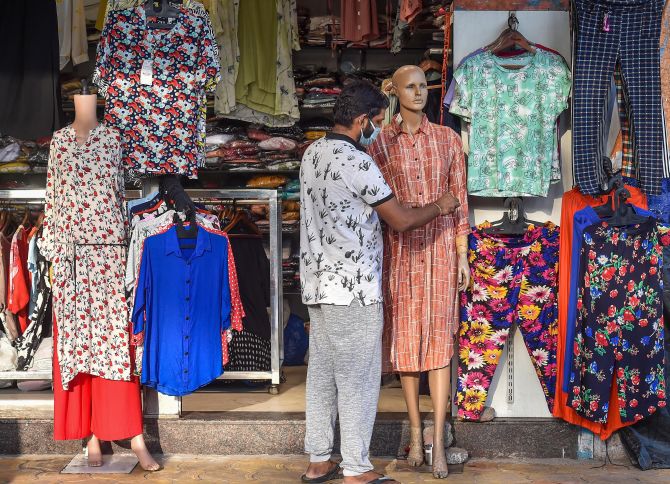
As India emerges from COVID pain, banks stare at hefty rise in bad loans
COVID disruptions are expected to exacerbate banks' bad loan situation; NPAs may shoot up to 15% this fiscal, the RBI has warned

Even as India Inc deploys the corporate insolvency resolution process (CIRP) under the Insolvency and Bankruptcy Code (IBC) to put stressed assets back on the profitability track, the country’s banks are increasingly being burdened with bad loans and write-offs.
A case in point is the recent deal for Piramal Group to take over Dewan Housing Finance Ltd (DHFL). While it will save DHFL from extinction, the CIRP is going to result in a 65% haircut for the lenders, which means they will recoup just a third of what they had lent the housing finance firm.
COVID-led disruptions are expected to exacerbate the situation for banks even further. For one thing, the contagion and the resultant lockdowns have eroded borrowers’ ability to pay back their dues. For another, the lenders themselves are unable to fully engage their resources to collect dues.
Also read: Employment levels pick up as state governments ease lockdown curbs
Most individual borrowers as well as small traders and businesses pay their dues through physical means; this has been hugely hindered by the lockdown curbs.
Staggering write-off
It has been revealed that in fiscal 2020-21, Indian banks altogether wrote off about ₹1.53 lakh-crore of debt to pare down their own non-performing asset (NPA) levels. While the move will improve their balance sheets and serve purposes of optics for the time being, the mounting NPA burden is worrisome, say financial experts.
According to an Indian Express report, several large banks, non-banking finance companies (NBFCs) and microfinance institutions (MFIs) are set to see a substantial increase in NPAs due to disruptions caused by the second wave of COVID.
From small traders to giant conglomerates, most companies across almost all sectors have taken a hit from the pandemic, and this is likely to reflect on the balance sheets of lending institutions.
According to analyst estimates, NPA levels will shoot up from 8% in 2020-21 to nearly 15% in 2021-22, said the report.
The problem is likely to manifest itself first at MFIs and NBFCs, which cater to small business establishments and individual operators, such as kirana stores, cab operators and roadside eateries. This sector has taken a huge hit from the pandemic, and is likely to soon default on loan repayments.
Early but sure signs
It’s already beginning to show. Late last month, Suryoday Small Finance Bank (SFB) posted an 89% decline in its net profit to about ₹12 crore for FY 2020-21, said a PTI report. “The lower profitability is due to additional provisioning on increased NPA and additional floating provision of 1.5% amounting to ₹37.5 crore on inclusive finance portfolio due to uncertainty related to the second wave of COVID, and lower disbursement during FY21,” it said.
But the mega bad loan issues, and the resultant impact on larger banking establishments, are not far off. Public sector Punjab National Bank (PNB) recently identified “major challenges” arising from “eroding cash flows and extended working capital cycles”. “The extent to which the COVID pandemic will impact the bank’s results will depend on future developments, which are highly uncertain including, among other things, the success of the vaccination drive,” it said.
Also read: ‘Uneven economic recovery morally wrong, politically corrosive’
NBFC Bajaj Finance expects higher levels of NPAs in the first and second quarters of this fiscal — caused by the local lockdowns across the country — to impact asset quality. “The second wave has caused a marginal increase in EMI bounce rates in Q1 FY22 over Q4 FY21. Forward flows across overdue positions were higher due to constraints on collections amidst strict lockdowns across most parts of India,” it said in a stock market disclosure.
RBI prediction
The Reserve Bank of India has warned of a possible jump in bad loans to 13.5% by September 2021, against 7.5% in September 2020, said the Indian Express report.
The RBI had urged banks to offer moratoriums to borrowers amid the pandemic. Also, several banks themselves came up with schemes to mitigate stress on borrowers. Therefore, it may take a while for the entire bad loan scene to come to light.


